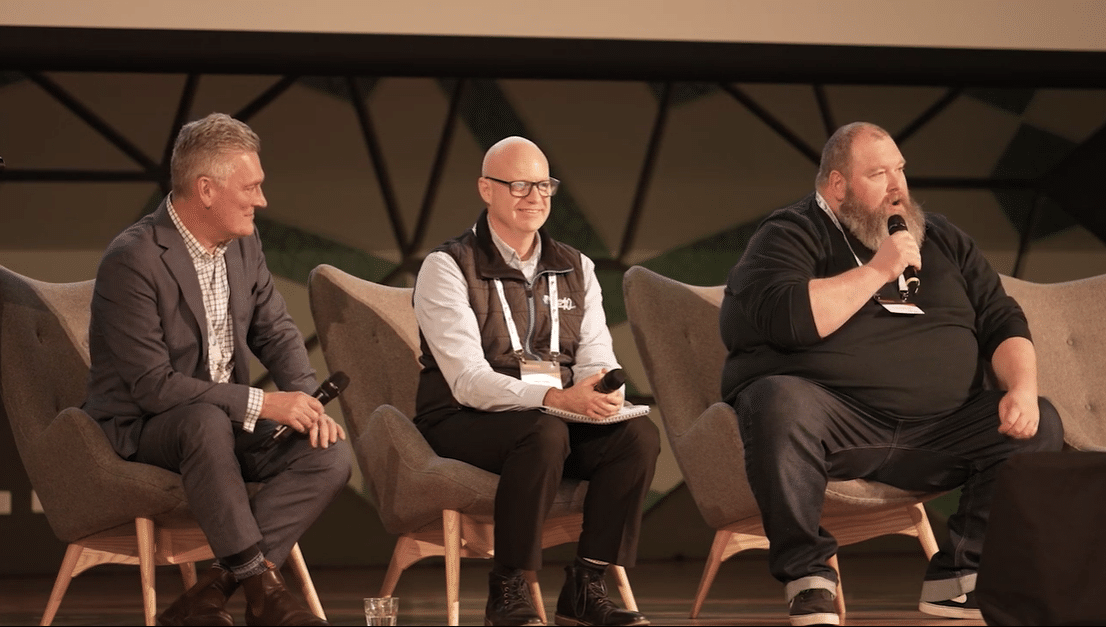From increasingly severe storms to rising temperatures, the effects of climate change are already being felt across Australia’s urban environments. To help build resilience, cities are becoming smarter and embracing innovation across a range of sectors and utilities, including water – a fundamental resource and key factor in maintaining urban stability and liveability.
“Drought has been the single longest-term physical trigger of political change in 5000 years of recorded human history,” the latest UN Special Report on Drought notes. “With its severe, wide-ranging and cascading impacts, the causal drivers of drought are rooted in the complex interactions of socioecological and technological systems.”
A key enabler of smart cities is the internet of things (IoT) – sensors, smart meters, lights and other devices that are connected to the internet.
While IoT technology has a range of applications, research suggests local councils and utilities are among the top industries spending on IoT technologies. Together, they’re responsible for a combined 17.2 per cent of total market spend in the Asia Pacific, according to research firm IDC. IoT spending in the region is predicted to reach $437 billion by 2025, as the benefits of smart infrastructure come to the fore.
‘‘In many Phase I projects, enterprises focused on a single-use case and on acquiring the data streams from single sources,” says Bill Rojas, adjunct research director at IDC Asia Pacific. “But as the organisations gain a deeper data-driven understanding of their operations, they can start to use other data sources – such as geolocation, machine maintenance data, weather, transactions activity, vehicular telemetric traffic data, and so on – to improve their analytics and expand beyond the original use case.”
It’s a trend Daniel Sullivan has noticed in the water sector. The CEO of Australian smart water specialists Iota says customers often experience a ‘‘lightbulb moment’’ after using IoT technologies such as smart meters for the first time.
“Take one of our customers, a large council in Queensland. Suddenly, they’ve got this data they’ve never had before from digital meters. They share more broadly within the council, and now know when people are using offices in the city which feeds into other major planning decisions. This was not considered in the original business case but now you’ve got an extraordinarily valuable insight.”
The water sector is ripe for innovation because water fundamentally underpins liveability in cities, Sullivan says. “It’s not just clean drinking water, which is often taken for granted. During the millennium drought, many sports fields were brown and unplayable. There’s a wellbeing impact in having green, healthy spaces for communities.”
Climate change is “impacting our industry in strong ways,” he adds. Melbourne’s catchments are heavily reliant on rainfall, for example, but rainfall has been steadily declining for the past 50 years.
“Contrast that with Melbourne’s predicted doubling of population by 2070. We fundamentally need to change how we use water.”
A wholly owned subsidiary of South East Water, a water authority servicing the south-east Melbourne growth corridor, Iota specialises in actively incubating, productising and commercialising a portfolio of technologies for the global water sector. The company was founded after South East Water fielded strong interest across the sector in various innovations it developed in response to the millennium drought, which is widely recognised as the worst on record.
Both financial and environmental sustainability benefit from the amount of granular data that smart water infrastructure collects, Sullivan says. “South East Water notifies customers if we suspect a leak on their premise,’’ he explains. ‘‘With smart technologies we tell them how much that will cost if they don’t address it, and then how they can get help to fix it. We’re talking potential savings of thousands of dollars on their bills and happier customers.”
The issue of water security is not unique to Australia. Water utilities worldwide are exploring smart sensors to reduce bursts and leaks within the network, prevent sewer spills and provide greater insight into customer behaviour.
Despite the myriad benefits, the upfront investment required means getting the business case positive is critical, Sullivan says.
“It can cost a bit more today to future-proof yourself for tomorrow. And if you’ve got a tight budget, it can be hard to look over the horizon. We’re fortunate in the water sector; we have a strong business case around IoT and digital metering that we can build upon.”
DANIEL SULLIVAN
CEO, IOTA
With cities globally at various stages of their smart trajectories, Sullivan is particularly excited about the potential for customers who embrace open standards such as narrowband internet of things (NB IoT). Doing so both prevents customers from being locked into a particular ecosystem to the exclusion of others, but will also enable the ability to take advantage of future innovations.
“You’re preserving that freedom, should new technologies develop down the track.”
Shared from the 10/14/2022 Financial Review e-edition newspaper.



